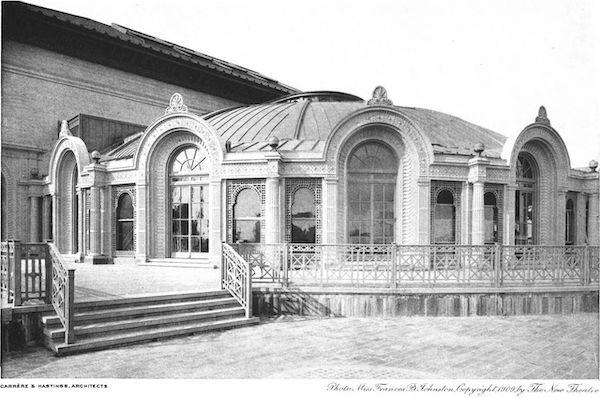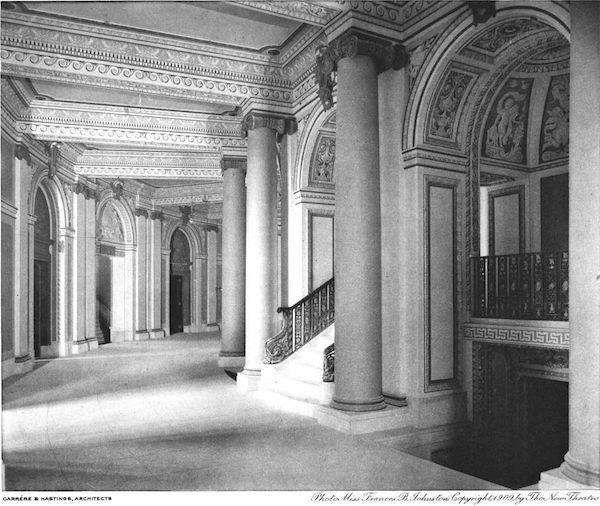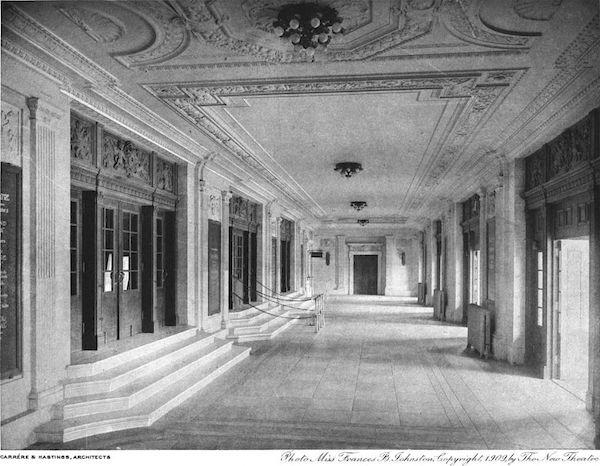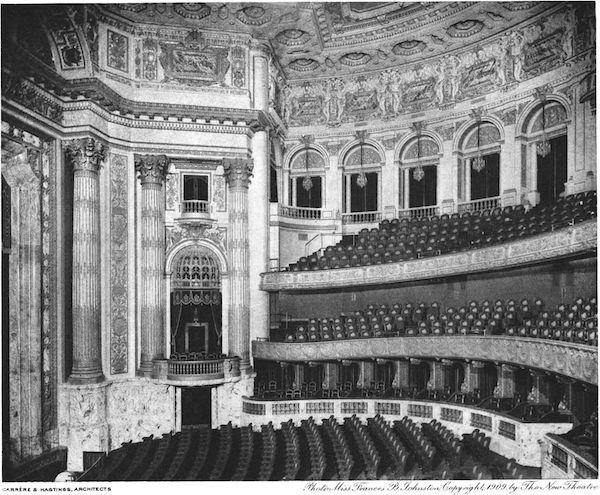Google “Ponselle” and you’ll find stunning video clips of the opera diva Rosa Ponselle. The soprano was born in 1897, and her voice was described as one of the most extraordinary of the 20th Century. The youngest daughter of Sicilian immigrants, Rosa and her older sister, Carmela, gained experience singing at local churches and accompanying silent films near their home in Darien, CT.
Carmela went to NYC to pursue a career in vaudeville. Sometime after Rosa turned 16, Carmela convinced her to come to the city. They lived in the West 60s on Broadway and later on Riverside Drive.
Advertisement
The Ponselle Sisters performed as “The Italian Girls,” a vaudeville act, at the Riverside Theatre at 2561 Broadway, between 96th and 97th Streets. Rosa would later have her debut at age 21, performing “La forza del destino” with world famous Enrico Caruso at the Metropolitan Opera, then in midtown.
Next to the Riverside Theatre was the Riviera Theatre – and right above that was the Japanese Roof Garden Theatre. These were all part of the “Subway Circuit.” The concept of these theaters (located near subway stops) was to offer a chance for residents of NYC neighborhoods to enjoy the theater for $1, likely a far lower cost than going to the same shows on Broadway. Scheduled after a Broadway run had ended, these shows played at Subway Circuit theaters before going on tour.
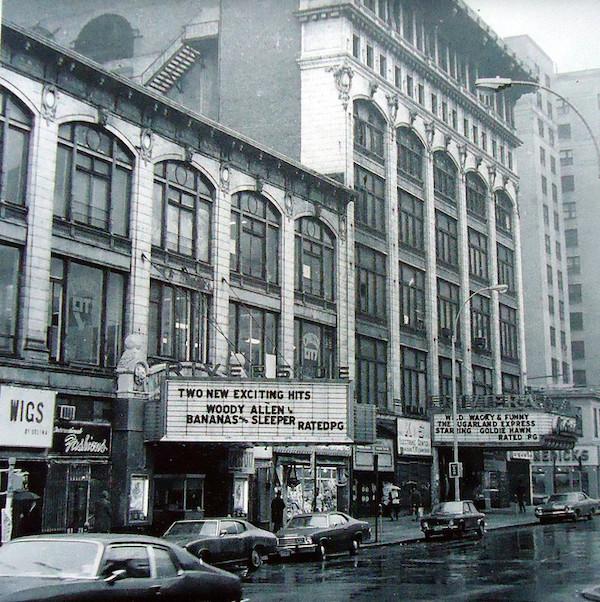
Riverside and Rivera Theatres, c/o cinematreasures.org
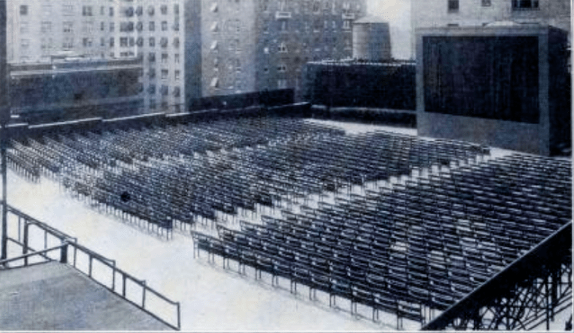
Japanese Roof Garden Theatre, c/o cinematreatures.org
The 96th street location was described as convenient for another reason beyond being reachable by subway. It was near the train line on the far West Side, where stage set components could be loaded for transportation to and out of town.
The Riverside, Riviera and Japanese Roof Garden Theatre were torn down in 1976.
Advertisement
Sixteen blocks further down Broadway was another “Subway Circuit” theater. Called The Standard when it opened in 1914, it was renamed the Stoddard in 1919, when it started showing movies. This theater (near the now closed 91st Street Subway Station), scheduled vaudeville with popular actors including the likes of Eddie Cantor.
Classy plays like the comedy “Kittay MacKay” and “The Chocolate Soldiers,” a musical based on George Bernard Shaw’s “Arms and the Man,” were among other shows that drew audiences to The Stoddard, along with Sunday night Orchestral Society concerts.
At age 13, future composer Richard Rodgers and his family had moved from further uptown to 161 West 86th Street, and according to Peter Salwen in his book, Upper West Side Story: A History and Guide, Rodgers decided to become a composer after seeing a revival of Jerome Kern’s “Very Good Eddie” at the Stoddard in 1919.
The Stoddard closed in 1956, for a number of reasons, including the lack of funds to provide air conditioning.
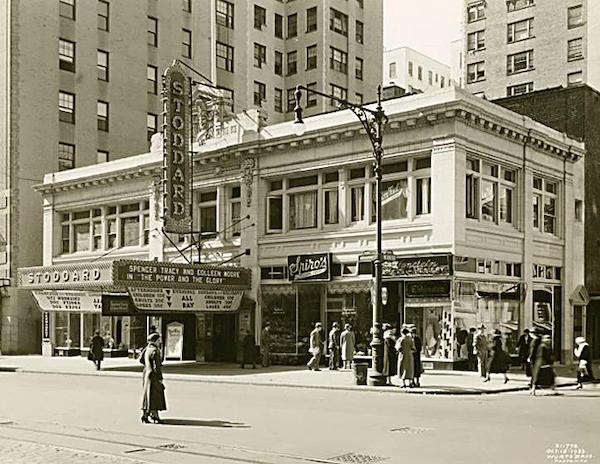
The Stoddard Theatre, c/o cinematreatures.org
Another neighborhood theater of the same era included The New Theatre, later called The Century Theatre. Located on 62nd and CPW (now the site of The Century Condominium), it was described as having beautiful beaux arts style architecture, but poor acoustics. Built in 1909, in an effort to create a theater “free of Commercialism,” it was razed in 1931. The contents of a time capsule found in the rubble included a letter of congratulations signed by President Theodore Roosevelt when the theater was constructed.
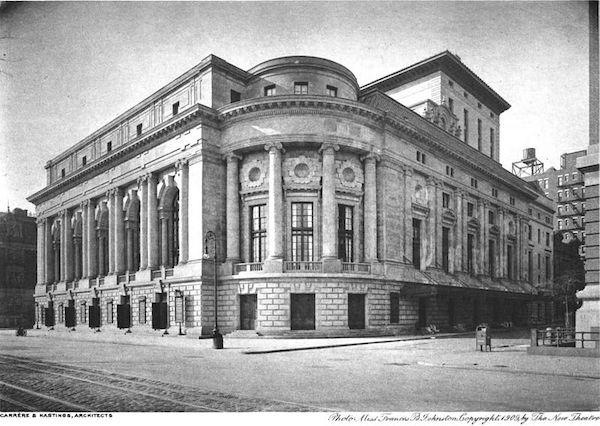
The Century Theatre, all photos c/o Frances Benjamin Johnston / Public domain
Advertisement
